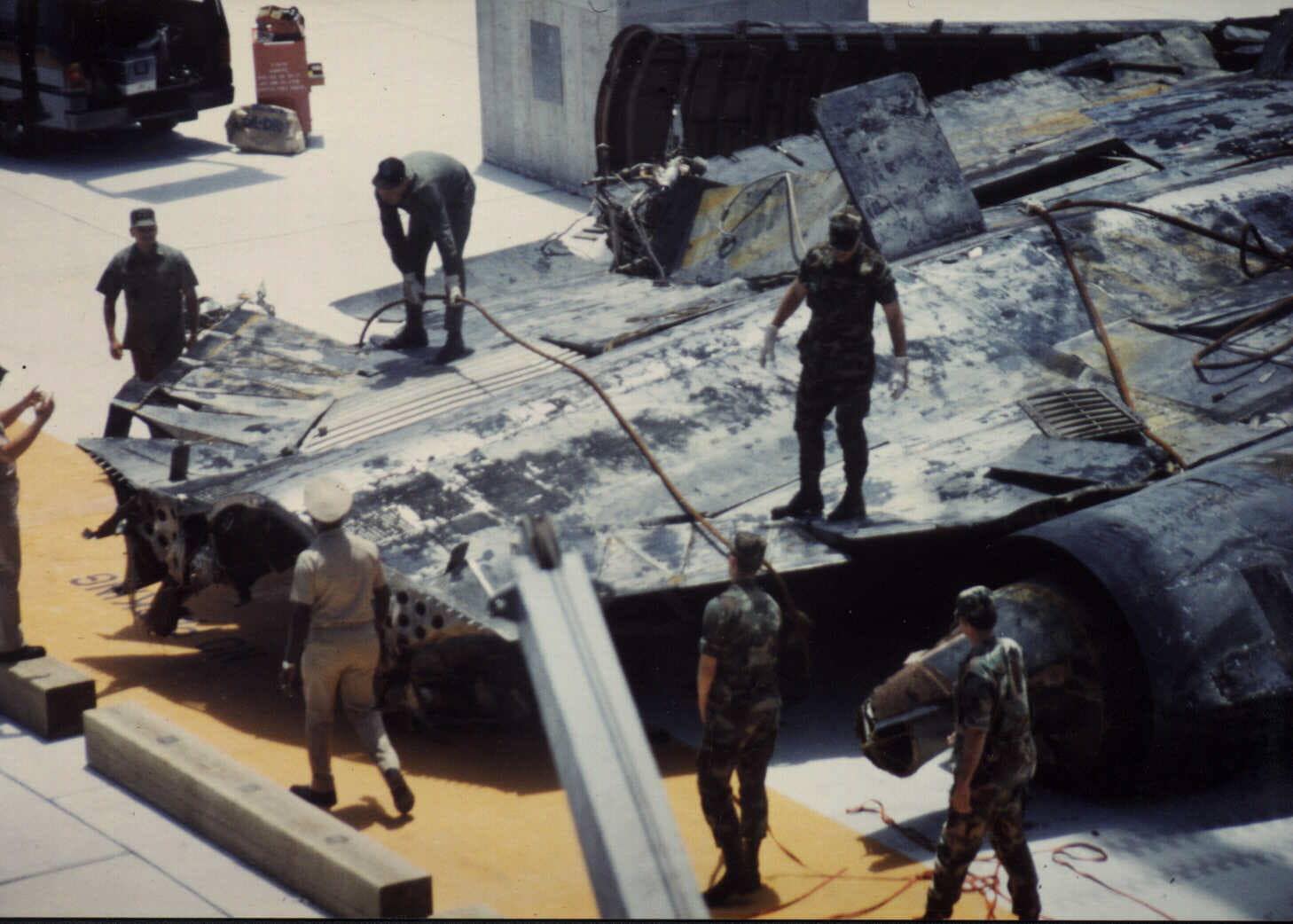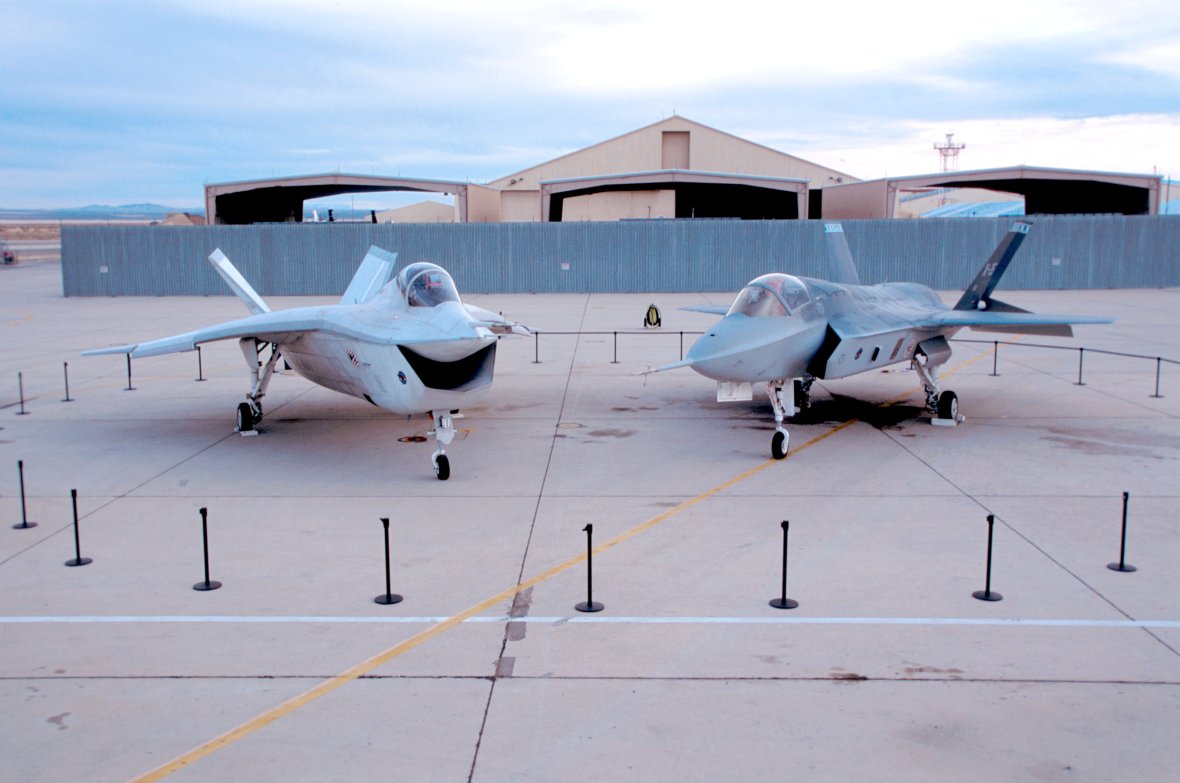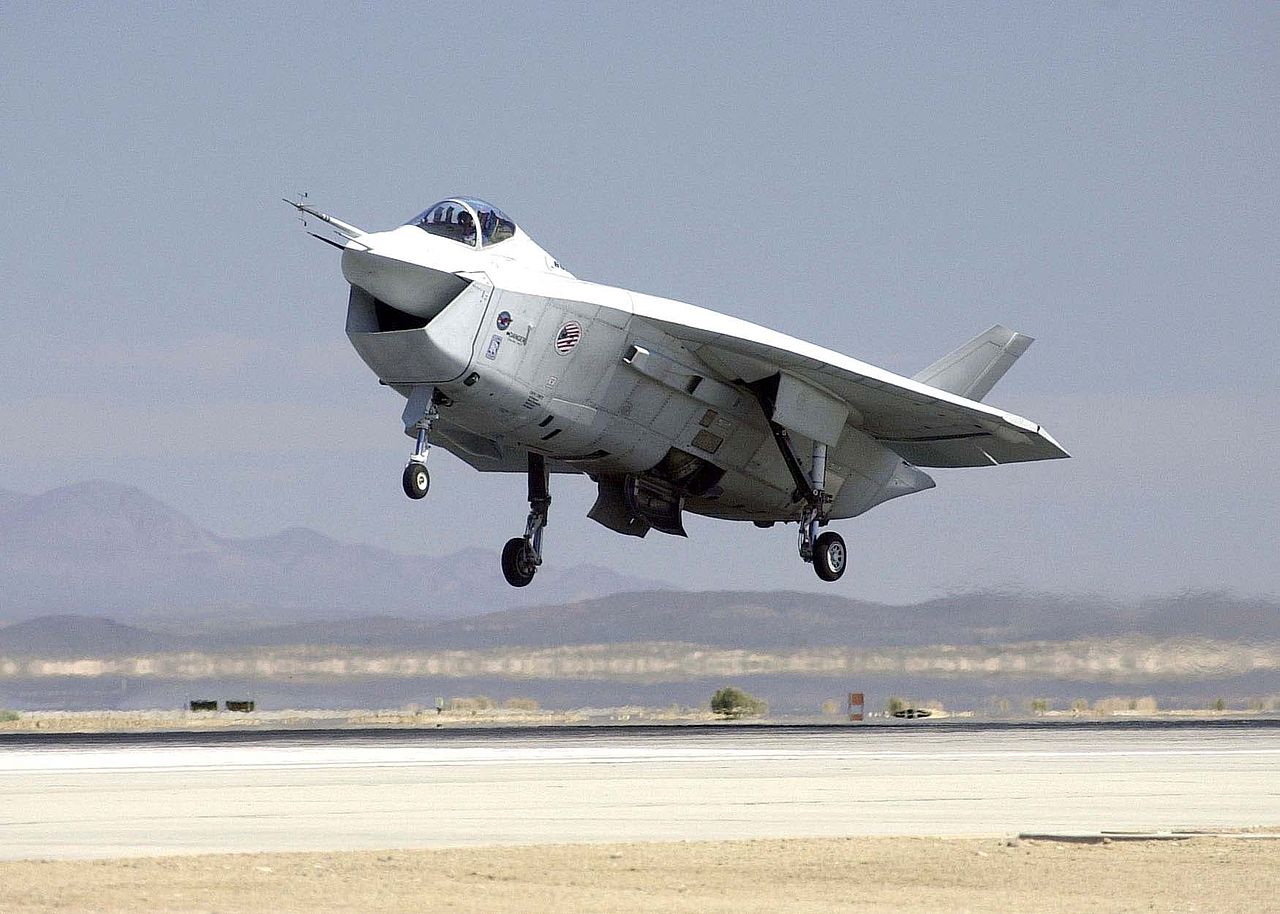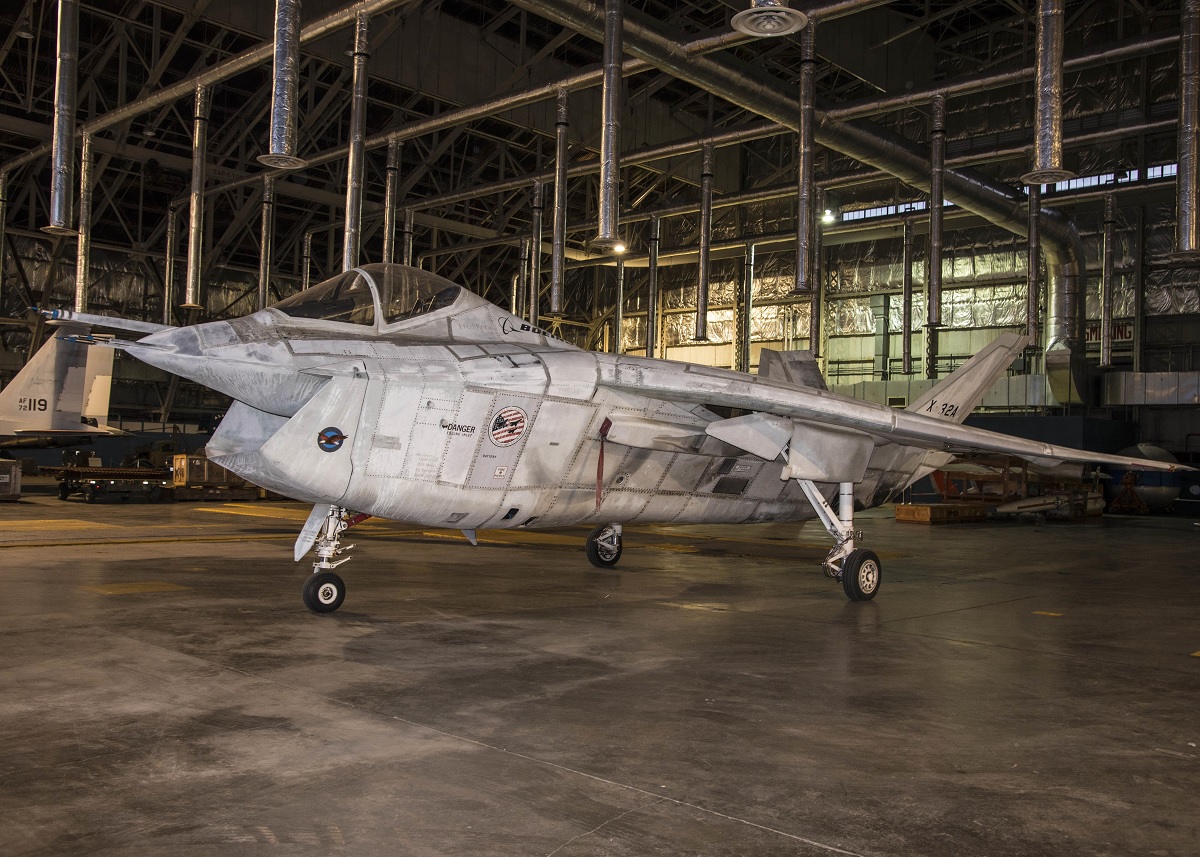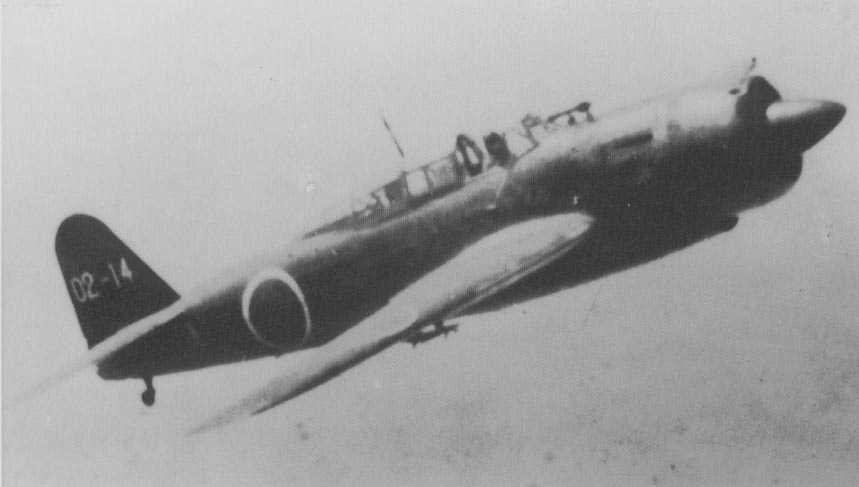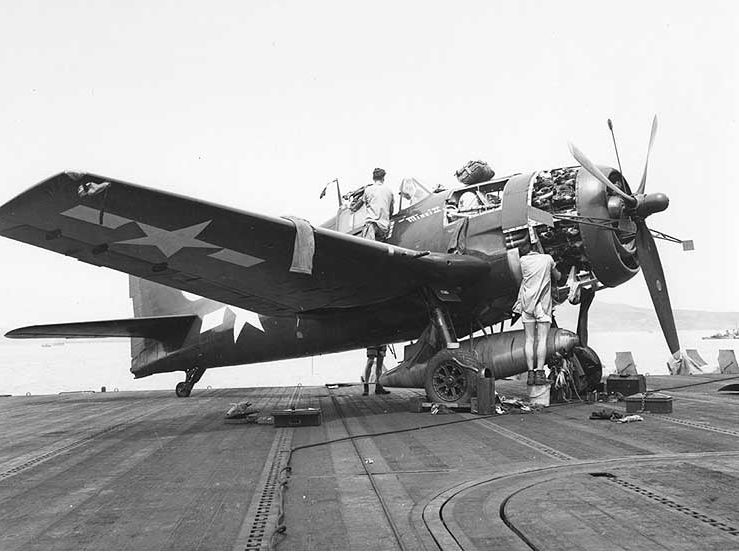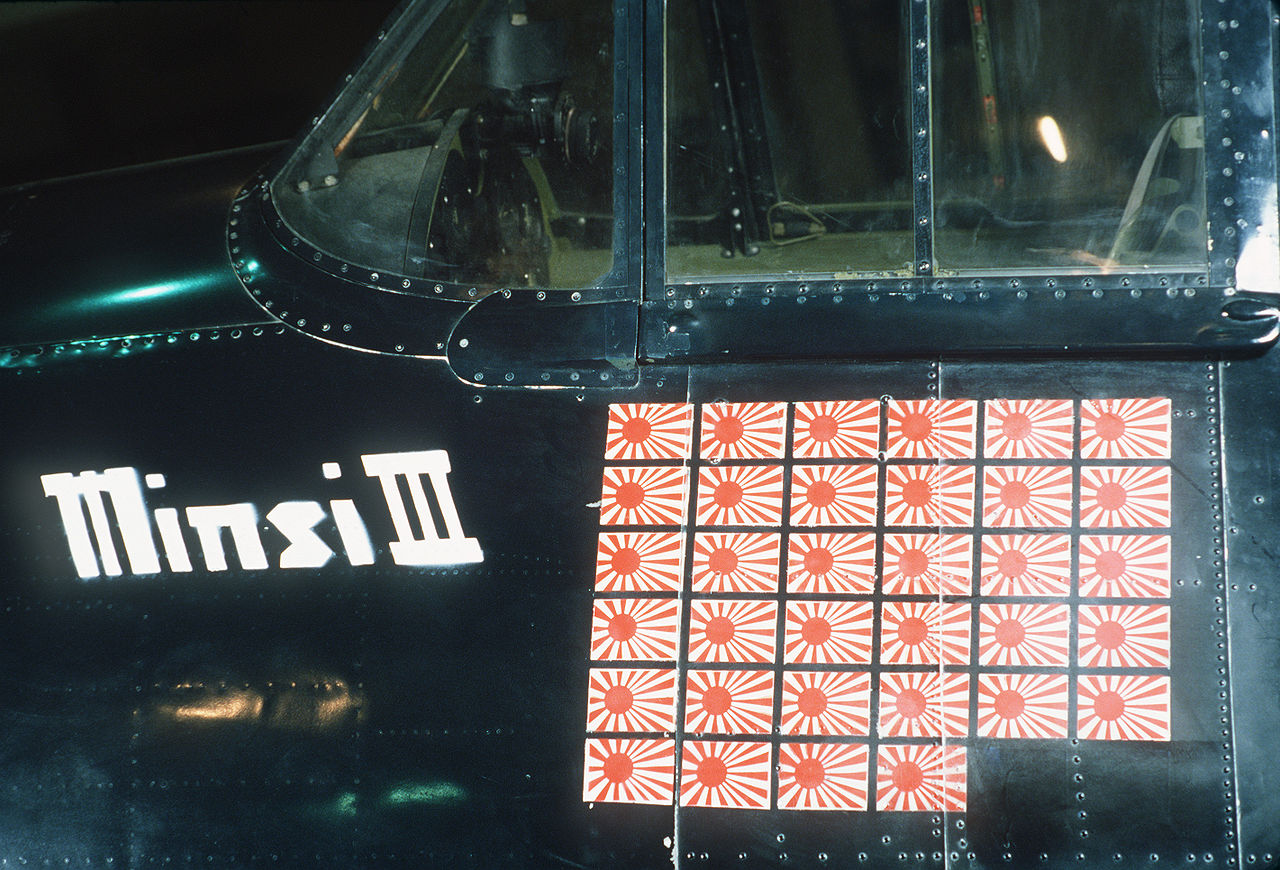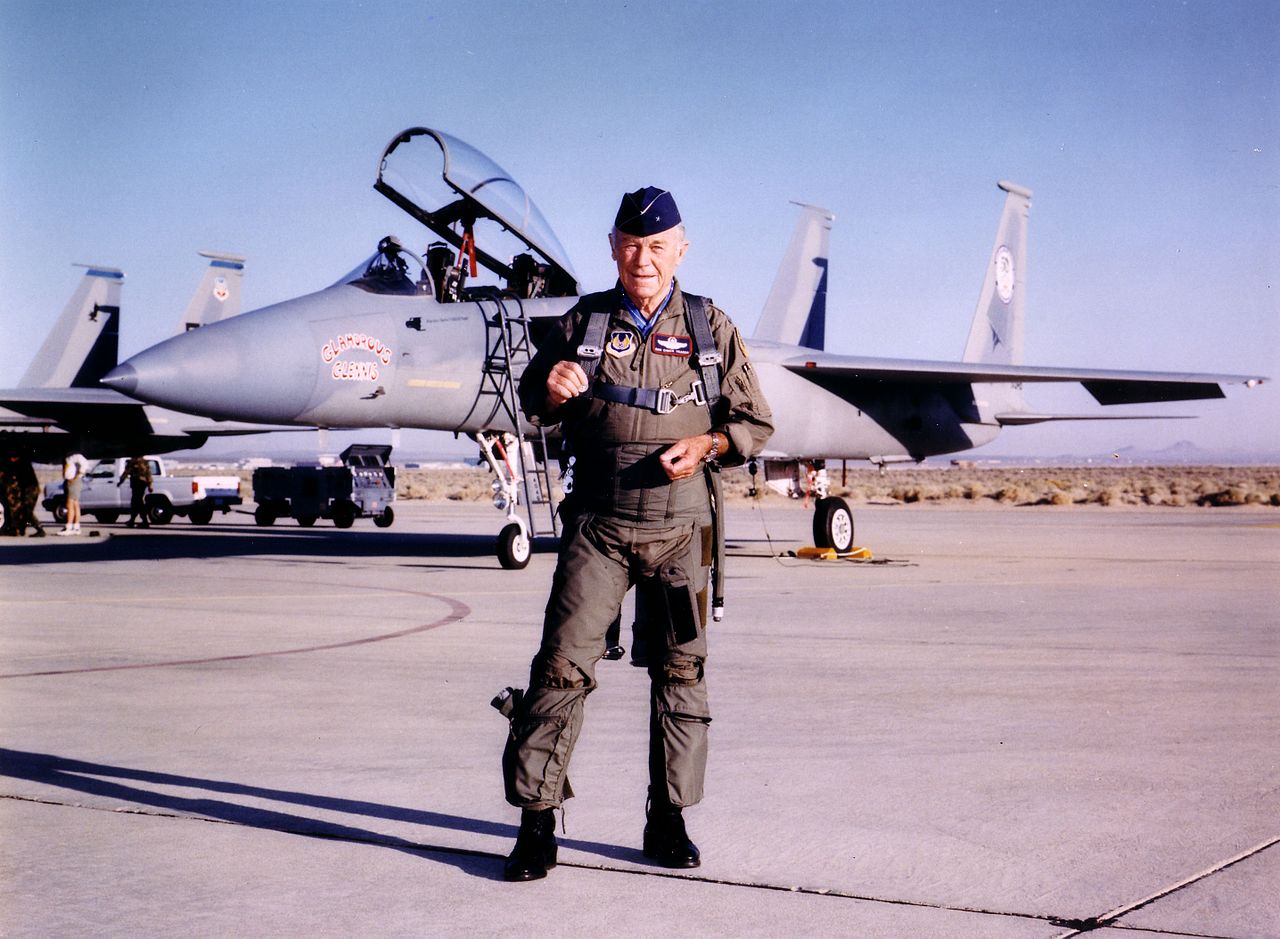The F-86D Sabre Dog was equipped with an afterburning engine in the form of a General Electric J47-GE-17 turbojet
An intelligence warning in 1948 prompted the US Air Force (USAF) to hurriedly develop an all-weather interceptor. Starting with the basic airframe of its F-86A, North America incorporated two unprecedented concepts into the F-86D. First, a highly sophisticated electronic system replaced the second crewmember carried by other interceptors of the time. Second, the F-86D became the first production single-seat fighter in which air-to-air missiles replaced the classic gun armament.
With its air intake reshaped to make room for the enclosed radar, the F-86D — nicknamed “Sabre Dog” — presented a distinctive profile. The interception radar (from Hughes) and associated fire control computed the target’s position, guided the aircraft on an intercept course to within 500 yards of the target, lowered the retractable tray of 24 rockets, and fired the rockets automatically. The effect of these weapons would have been devastating to an enemy bomber because each 2.75-inch Mighty Mouse folding fin aerial rocket (FFAR) contained the power of a 75mm artillery shell.
The Sabre Dog was also equipped with an afterburning engine (in the form of a General Electric J47-GE-17 turbojet provided with an electronically- controlled fuel scheduling system which was designed to relieve the pilot of the tedious task of having to watch the engine behavior constantly).
David Ross, former F-86D Sabre Dog fighter pilot in the US Air Force, recalls on Quora.
“In the late fifties, while flying an F-86D, on cross-countries I would land at an intermediate base for fuel. As soon as the fuel truck left, I would preflight the plane, start the engine, and leave. As for letting the engine ‘warm-up’ there is no need for that.
“To illustrate this our alert hangars had doors front and back and on the floor was an iron ring to tie the aux-power cable to. This design was to enable a faster scramble time.
“One day I told my crew chief to tie the start cable to this ring and get the loose stuff cleared out of the hanger, because if we got a scramble I was going straight to afterburner on start.
“We did get a scramble and I started the engine and went to full throttle and afterburner right in the hangar.
“I was airborne just about the time I got to the runway, everything worked as it was designed to do. There was one problem though, the crew chief said I blew stuff out the back of the hangar, with the afterburner, that people didn’t even know was in the hangar.”
Ross concludes;
“We never tried that kind of scramble again.”
Photo by: U.S. Air Force








